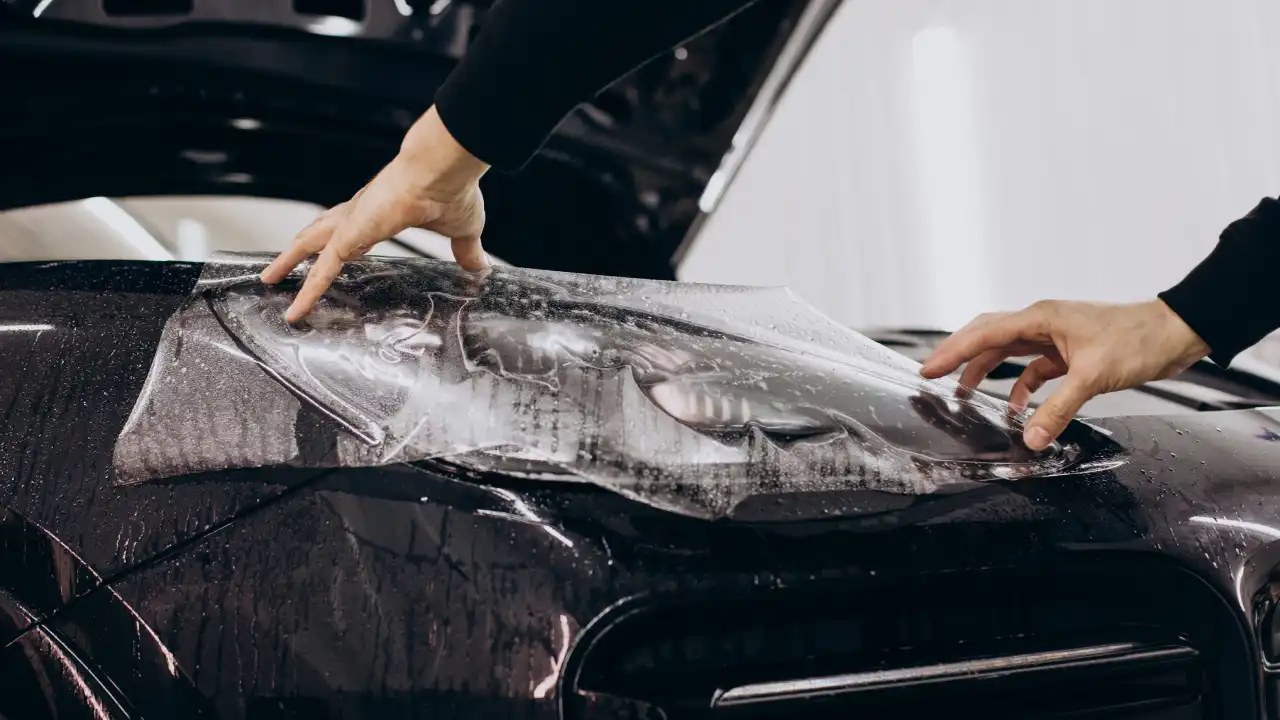Whenever not trying to produce cars through the 1970s and 1980s, his Cumberford Design International worked in Europe on behalf of clients including Renault and Citroen. Patrick Le Quément, for many years head of design for Renault, remembers meeting the critic shortly after he’d unwittingly fired him — along with all outside consultants — shortly after assuming the role in the mid-1980s.
“I threw out the baby with the bathwater,” says Le Quément, who’s credited with creating the Twingo and the original Ford Sierra. But he and Cumberford made amends. “What I like about Robert is that he is above all a designer who writes and not a journalist who dabbles in design. He understands, what else can I say?”
“Robert has an opening to the real world, to design in general and socio-cultural evolutions,” he said.
It was around this time — 1986 — that Automobile magazine hired Cumberford as its design critic, a position that to this point had never existed at any similar magazine. And in full disclosure it was there that this author worked alongside him for years.
“He was absolutely honest to a fault and never held back on cutting criticism,” says Jean Jennings, a former editor-in-chief of Automobile. “He terrified designers. He had plenty of enemies but in the end most of his detractors agreed. And of course readers loved him.”
After 30-plus years of writing about cars, Cumberford today returns to his initial passion of airplanes. The industry today is barely recognizable to the one he joined. Sedans are nearly gone. SUVs are everywhere, found even in the hallowed supercar programs of Lamborghini, Aston Martin and soon Ferrari. Even the Ford Mustang has an electric SUV.
He heaps scorn on the recent trend for space-inefficient SUV coupes and increasingly frantic designs, with “everything it’s got stamped into it, a two-inch-thick layer of surface around it, where people do horrible things, including some that look like fish scales, some like horrible nightmares.” He says carmakers should bring back the station wagon and put efficiency above all else.
Unlike many industry veterans, Cumberford bears no ill will toward electric or autonomous vehicles, though he suspects that the two 21st-century technologies are unlikely to enliven automotive design. He quite likes the look of Teslas, including the aggressively angular Cybertruck.
He remains underwhelmed by the fundamental conservatism and pack mentality of most carmakers. Consider the BMW of 20 years ago, when designer Chris Bangle — responsible for the Z3 and Z4 roadsters — persuaded company directors to adopt a higher rear end for the 7-Series of 2001. BMW fans were outraged and called for his dismissal.
Then a funny thing happened. The car outsold its predecessor. Rivals followed. A higher deck gave consumers better aerodynamics and more trunk space. Ever the contrarian, Cumberford admired it.
“The courage to do something new and different is really lacking in the upper levels of all the car companies,” he says. “Truly, the safe thing to do is not much.”
Moray Callum, the designer of the Aston Martin concept car that Cumberford panned in Geneva, later made friends with and was reunited with Cumberford during an industry panel some seven years ago in California. Also on the stage was his brother, Ian Callum, the head of design at Jaguar; Ed Welburn, then GM’s head of design; Shiro Nakamura of Nissan and Andrea Zagato of the famed Italian studio.
Moderating the panel, Cumberford asked the guests to pick the proudest achievements of their careers. Callum chose the Aston Martin.
“I always listened to his input and have certainly learned that it will be his honest opinion that he gives me,” Callum says of Cumberford. “He is unique in the car design world in his ability to write and educate the reader about our business, and that has benefited our profession immensely.”




More Stories
Moon | Cartype
Rivian, Mercedes-Benz Joint Venture Paused
We Blew Up Our $5000 Drag Car ~ Can We Getting Fixed In Time? – Humble Mechanic